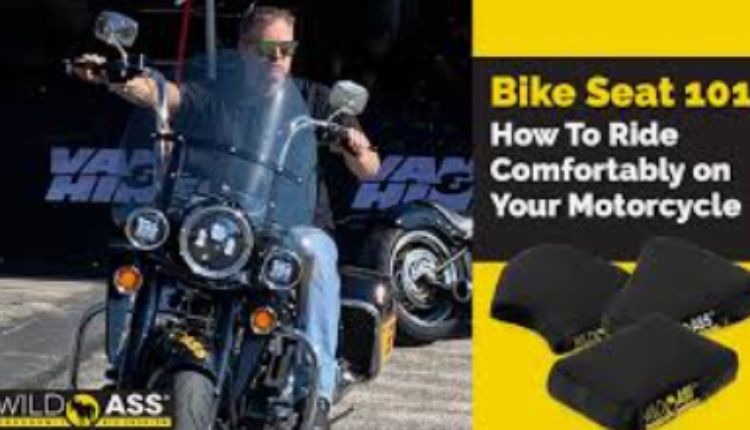
Motorcycle
The open road calls, but long rides on your Harley can quickly become uncomfortable without proper attention to your seating arrangement. Motorcycle enthusiasts know that comfort directly impacts endurance, safety, and overall enjoyment. After all, it’s difficult to appreciate scenic routes when you’re shifting uncomfortably every few minutes. This guide offers practical advice for transforming your motorcycle seat from a pain point to a pleasure zone.
Understanding Your Body’s Needs
When getting comfortable on your Harley, your physical dimensions and riding style significantly influence your comfort requirements. Taller riders often need more space to stretch their legs, while shorter riders must ensure they can firmly plant their feet at stops. Consider your body’s natural posture. Your spine has a natural curve that should be maintained even while riding. Ignoring this fundamental principle leads to fatigue and potential long-term discomfort.
Pain points typically develop in predictable locations. The lower back, shoulders, wrists, and tailbone bear the brunt of poor seating arrangements. Identify your specific trouble spots after rides to address them systematically.
Selecting the Right Seat
The stock seat on your Harley may not be optimized for your body type or riding style. Aftermarket options provide various benefits:
- Gel-infused seats distribute weight more evenly
- Memory foam conforms to your body’s contours
- Air-ride systems allow adjustments while on the move
- Heated seats provide comfort during colder weather
Width matters immensely. A seat that’s too narrow concentrates pressure on your tailbone, while an excessively wide seat can cause inner thigh discomfort and make it difficult to reach the ground. The ideal width supports your sit bones properly without restricting movement.
Position Adjustments Make a Difference
Small changes yield significant improvements. Forward controls allow you to stretch your legs during long rides. Adjusting handlebar height and reach can dramatically alter your upper body position. Try raising or lowering them slightly to find your sweet spot. Your arms should be relaxed, with a slight bend at the elbows.
Foot peg position influences the angle of your knees and hips. Experiment with different positions until you find one that feels natural for extended periods. Remember, what feels comfortable for a short ride might not work for a cross-country journey.
Supportive Accessories Worth Considering
Backrests provide crucial support for your lumbar region. They prevent you from sliding backward during acceleration and maintain proper posture. A well-designed driver backrest transforms the riding experience entirely.
Windshields reduce fatigue by minimizing wind pressure against your body. This allows you to maintain proper posture without constantly fighting wind resistance. The right height is critical—too tall can cause buffeting, too short provides insufficient protection.
Maintenance Practices for Lasting Comfort
Even the best seat deteriorates over time. Inspect the foam regularly for compression or hardening. Replace worn components before they compromise your comfort. Keep leather seats conditioned to prevent cracking and maintain flexibility.
Adjust your seat and controls periodically as your body changes or you develop new riding preferences. What worked last season might need fine-tuning now.
Creating a comfortable motorcycle seating experience requires attention to detail and willingness to experiment. Your perfect setup may take time to achieve. Be patient. The investment in comfort pays dividends in longer, more enjoyable rides and healthier riding posture. Your Harley should feel like an extension of your body—comfortable, responsive, and ready for the next adventure.





